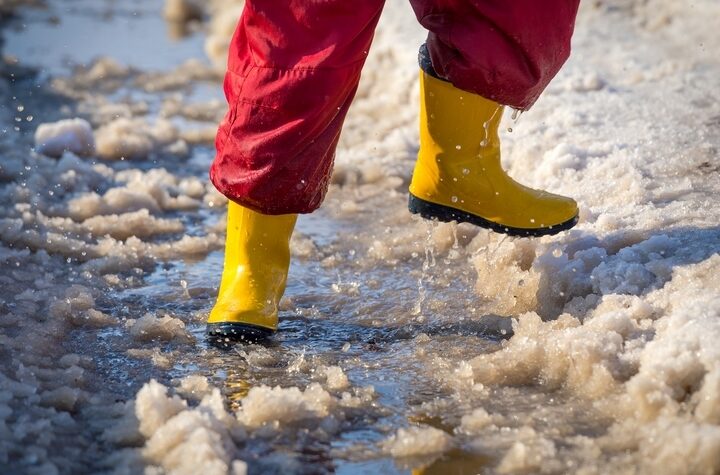Suppose you’re used to driving in snow and icy conditions. In that case, naturally, you’ll see salt on the roadways and various ways municipalities break up ice and create safe conditions. In your driveway, however, you’re in charge, and no one will do that for you except you. How to melt ice on a driveway can involve several products, but it is critical to keeping your property safe.
Here is what to do and what options you have available to you.
Try Using Rock Salt

Rock salt is sodium chloride and is sometimes referred to as halite. It’s unpurified table salt, not for human consumption. Rock salt is salt in its natural form, with impurities and all. How rock salt works by lowering the freezing point of water, forming a brine solution in the process of salt and water.
The solution then flows underneath ice, breaking the bonds between ice and the surface, resulting in a broken, non-icy surface.
Why Rock Salt Is Problematic
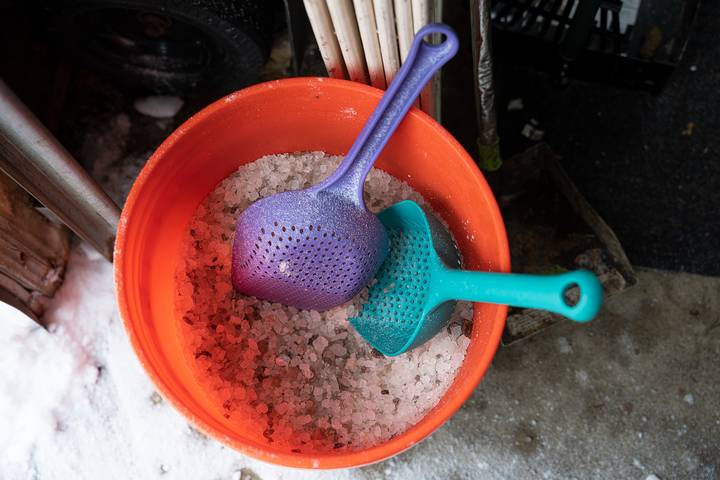
Rock salt has highly damaging side effects. It kills plants and grass in the vicinity, over-salinates local waterways, and pollutes the natural environment. While it’s undoubtedly effective at melting ice on a driveway, it’s hardly what you want, remaining there after the fact and hanging around slowly killing your lawn.
Rock salt can also eat away at concrete, asphalt, and vehicles, resulting in quite a lot of damage after the winter season’s wrapped up.
Try Using Ice Melt Instead
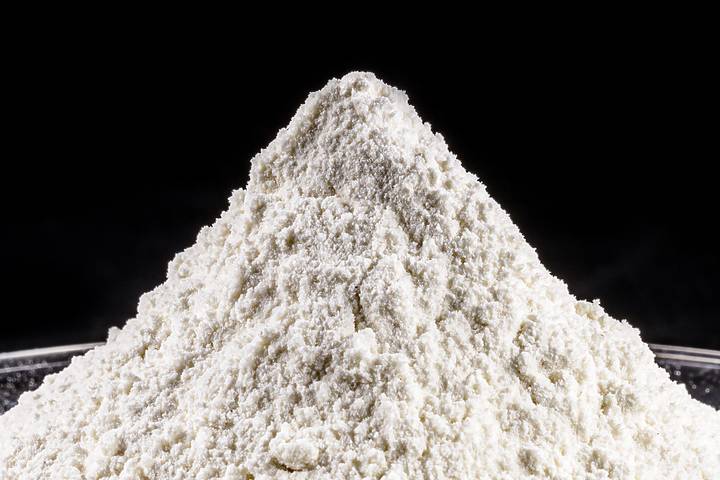
Ice melt salt is a blend of sodium chloride, magnesium chloride, and calcium chloride. Calcium chloride is the gold standard for fast, high-performance ice melting. Ice melt is sometimes provided in the form of flakes you spread on your driveway or can be sprayed. It’s fast-acting and is easy to apply to a driveway.
Why Ice Melt Is Better Than Rock Salt
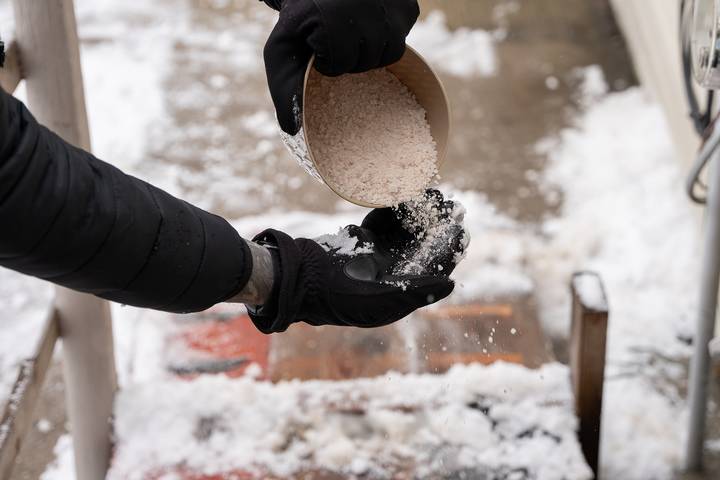
There are many reasons why ice melt is a superior way to melt ice on a driveway compared to rock salt. Rock salt only works at 5 degrees Fahrenheit and above.
Any colder and its performance dries up. Ice melt, however, will work down to as low as -25 degrees Fahrenheit. Ice melt also does not do as much damage to concrete, asphalt, and vehicles as rock salt and is a lot more environmentally friendly overall.
Alternative: Use Hot Water
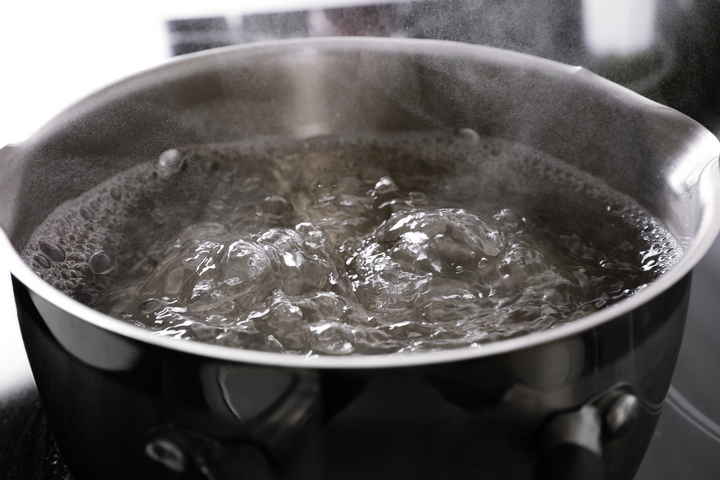
Boil a large pot of hot water, apply it to a chunk of ice, and sweep away the water quickly off the surface afterward to avoid it freezing.
Hot water can effectively remove ice in stubborn spots on the driveway if nothing else is working. However, it’s key to get it on and away fairly quickly before it starts to freeze and contribute to your problem.
Alternative: Try Home Remedies
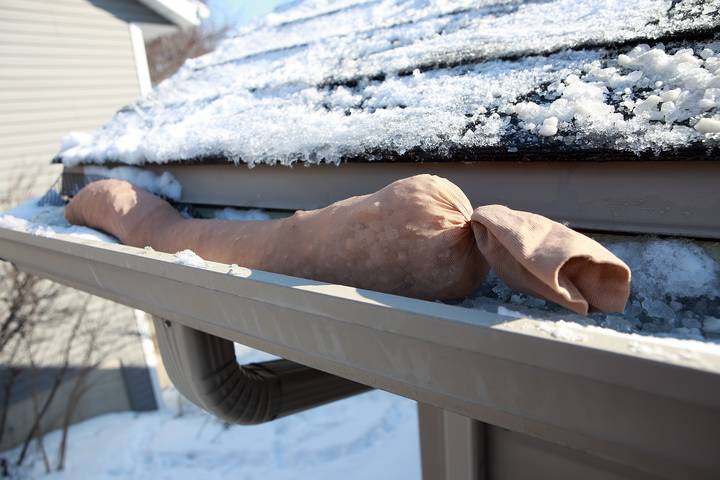
Home remedies lack effectiveness, but they can be tried. Some recommend potassium chloride as an alternative to rock salt. Others will say to combine a half-gallon of hot water, six drops of dish soap, and a quarter cup of rubbing alcohol in a bucket.
A concoction like this will work to a limited degree and may be alright in some climates but should not be relied on in all situations to effectively melt ice.
Alternative: Break It Up Manually
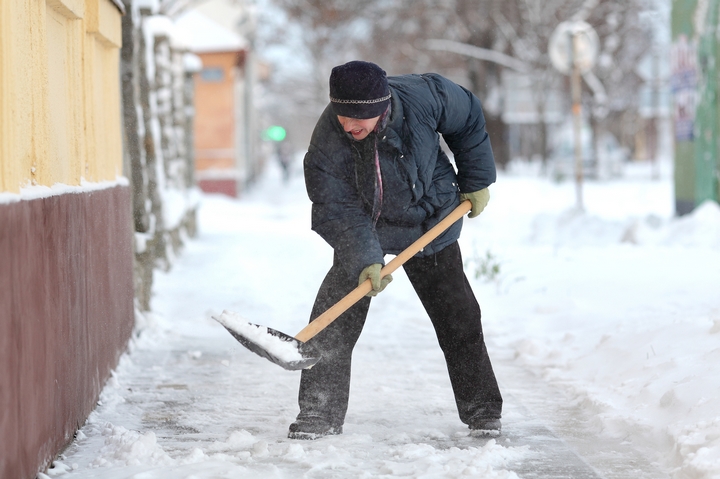
A heavy-duty shovel with a sharp aluminum edge might be enough to break up most ice on a driveway without involving any other product. It will require a lot of effort. However, the metal strip can break up most ice.
After it’s broken, shovelling it away and clearing it is easy if you’re not equipped to put in that amount of effort, though, no worries because a product like ice melt can work fast and easily.
TikTok Hack to Melt Driveway Ice
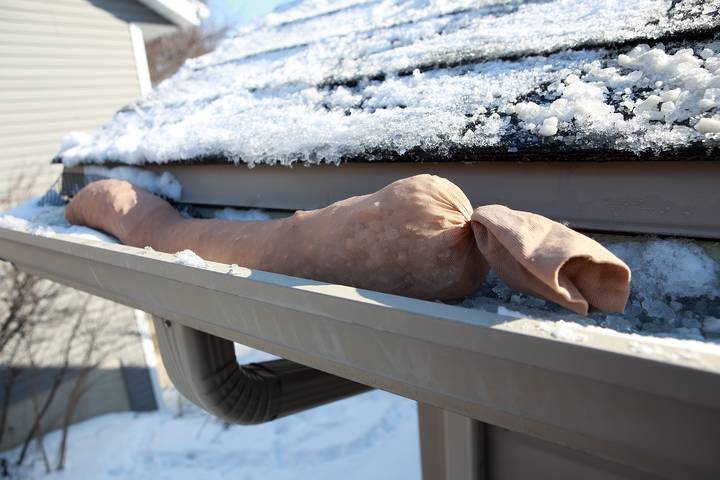
Another way to melt ice on a driveway popularized in recent years on platforms like TikTok is beet juice salt. The sugar from beets lowers the freezing point of ice, much like rock salt, and is arguably more effective at lower temperatures without any corrosive properties. It’s less effective than ice-melt salt, the measuring stick for melting ice.
Why Sand Won’t Work For Driveway Ice
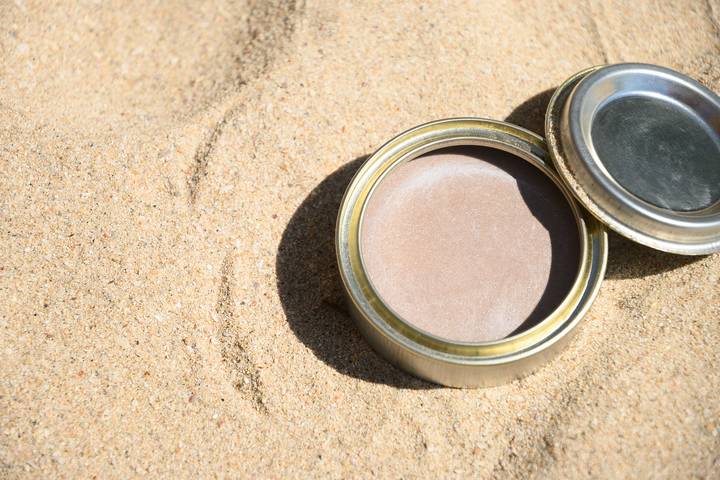
People have long been advised to use sand as an eco-friendly choice to melt ice in your driveway. Sand, however, does nothing to melt ice. It won’t work. It will add traction for your wheels to grip across a slippery surface. In large part, though, it’s just a quick fix and will result in a ton of sand left across your driveway to sweep up.
Pretreat Your Driveway Before the Ice Arrives

If ice and snow are coming, pretreat your driveway with light ice-melt salt. Pretreating your driveway won’t take care of all ice necessarily, but it will reduce ice buildup and minimize what you have to use later.

